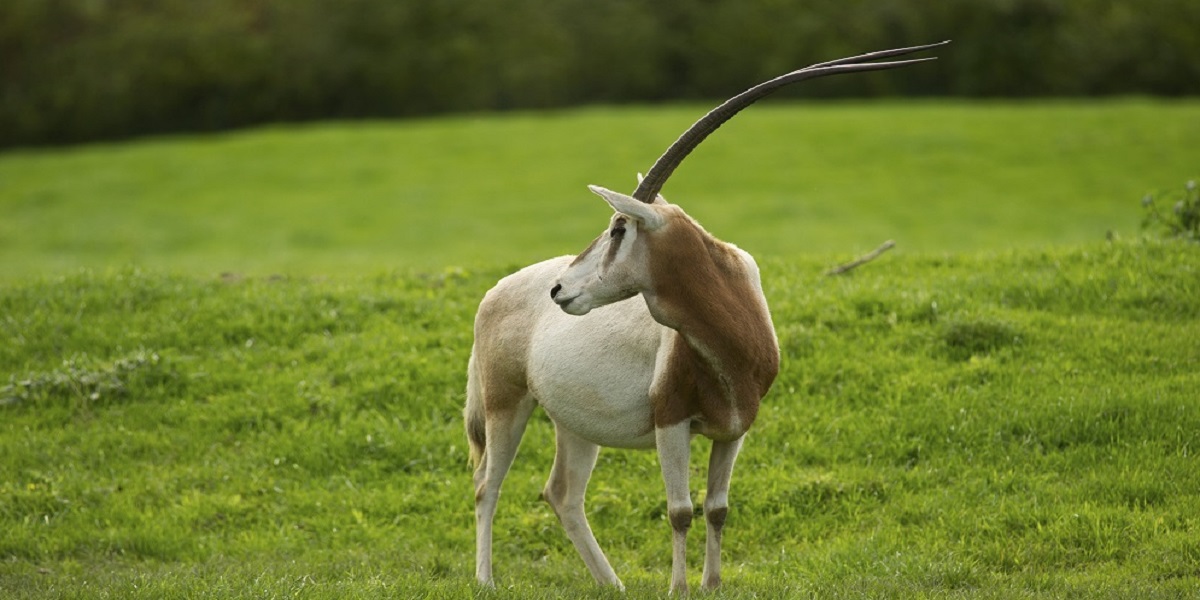Abu Dhabi’s efforts
Our Scimitar-horned Oryx Reintroduction Programme is possibly the world's most ambitious large mammal reintroduction programme and a huge step in the field of conservation. This initiative aims to create a healthy and viable population of up to 500 Scimitar-horned Oryx in an isolated natural reserve within the Ouadi Rimé-Ouadi Achim Game Reserve in Chad. The programme was inspired by the late Sheikh Zayed bin Sultan Al Nahyan, Founder of the UAE, and his legacy and efforts to protect endangered species and rehabilitate them in their natural habitat. In 2016, 25 years after the species was driven to extinction, EAD released the Scimitar-horned Oryx in their natural habitat in Chad. The programme was a global effort with our partners, the government of Chad, the Sahara Conservation Fund (SCF), the Smithsonian Conservation Biology Institute (SCBI), the Royal Zoological Society of Scotland (RZSS), the Zoological Society of London (ZSL), Fossil Rim Wildlife Centre and Marwell Wildlife UK.


